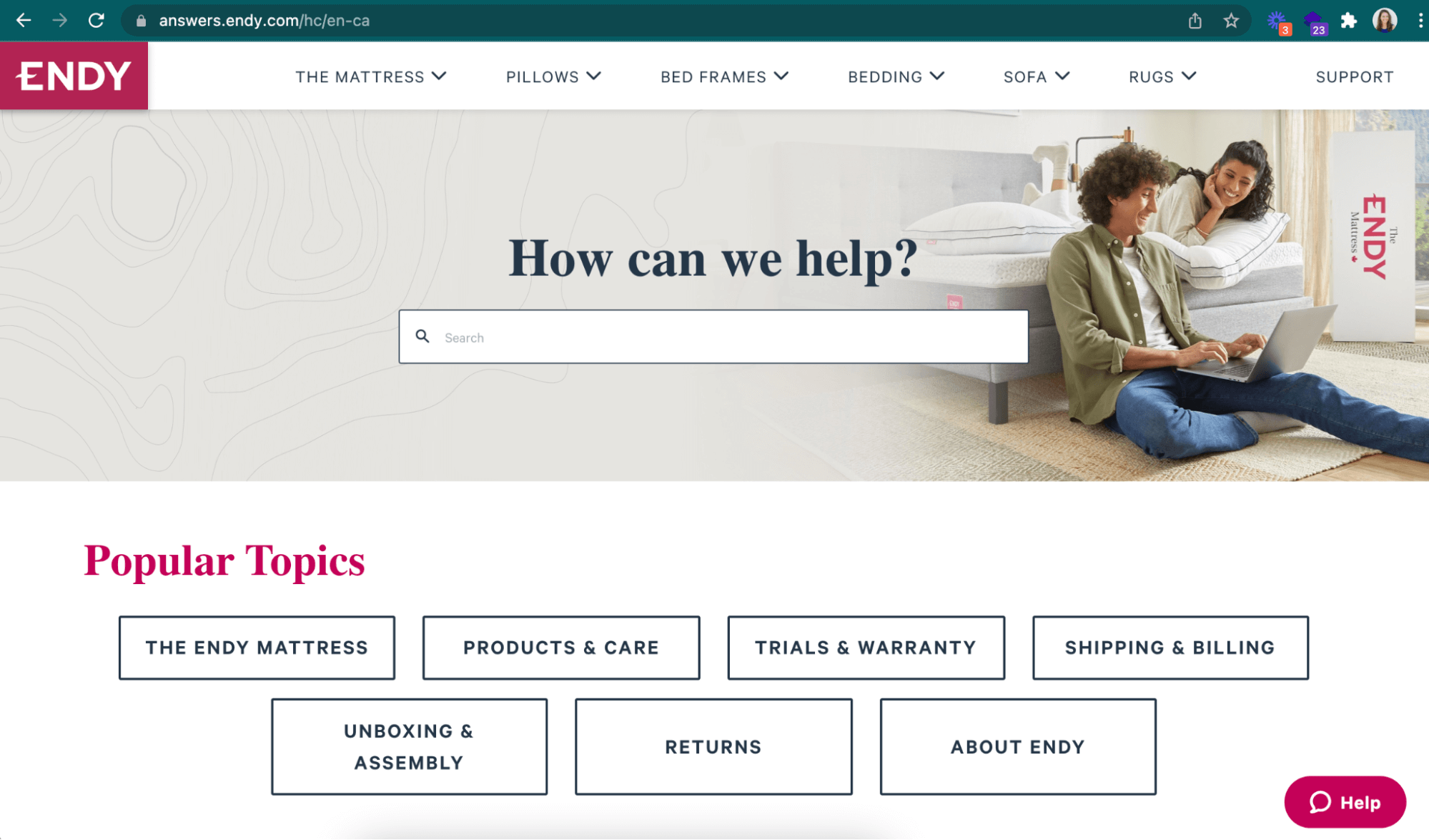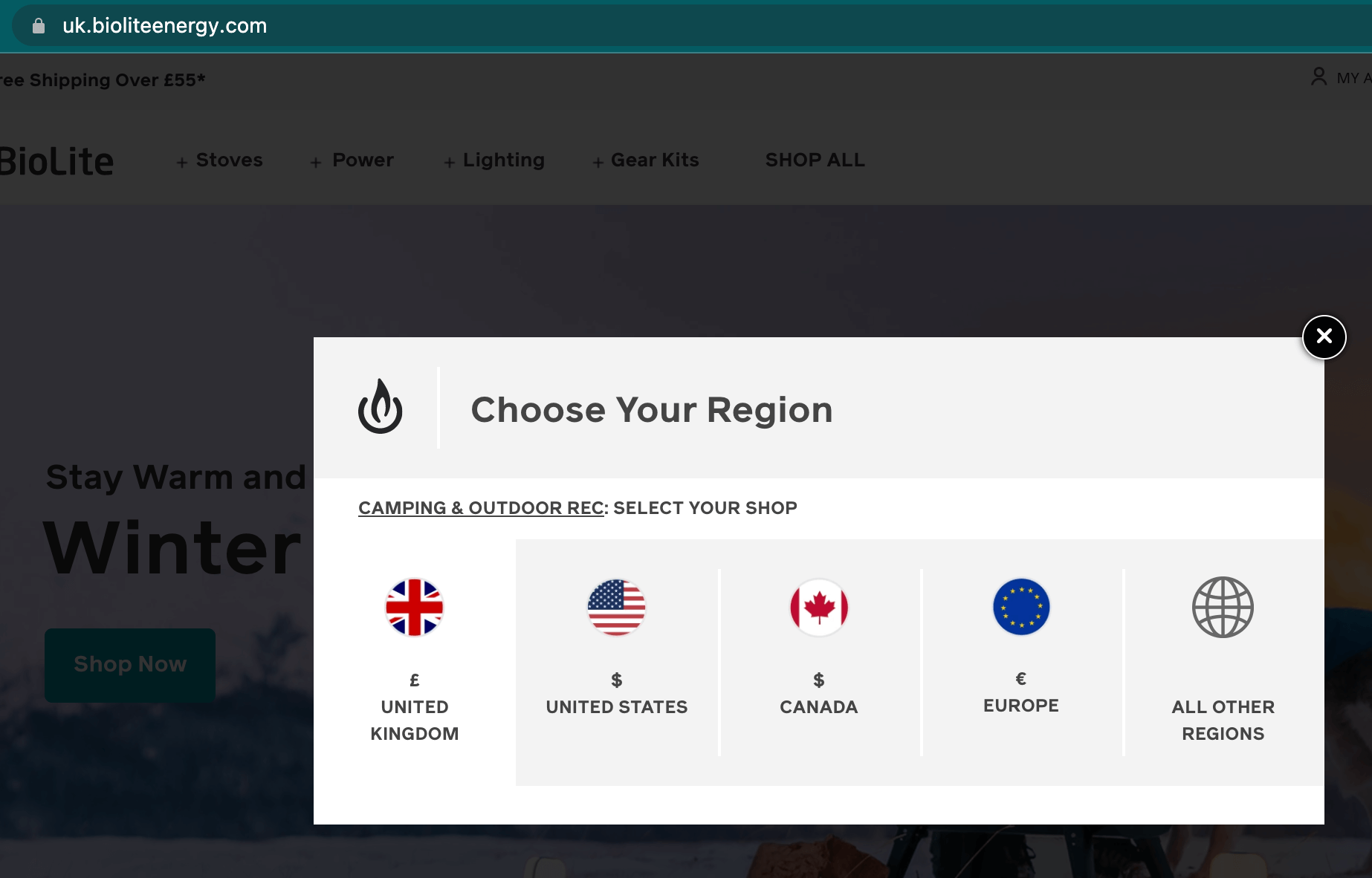What is a subdomain? The complete guide to subdomains
Should subdomains be part of your ecommerce strategy? Have you ever noticed a small extension at the beginning of a URL when visiting a website? You may have typed it in manually or been automatically redirected. This extension is a subdomain, and it can be used for a variety of purposes in your ecommerce business strategy.
Subdomain?
A subdomain is an optional part of an Internet domain name that appears before the root domain and top-level domain (TLD). A typical subdomain is “www” and is often nothing more than a specific directory on a server. Subdomains are commonly used to separate specific features of a website, such as blogs, shopping, or members-only areas.
A subdomain is an extension of a primary domain, dedicated to a specific function or purpose. Most domain names are written like www.domain.com —for example, www.wikipedia.com—while subdomains have a prefix that directs users to a different destination. A subdomain might look like shop.website.com or country.website.com.
Subdomains are technically part of your main domain or TLD, but they exist almost independently. You can think of them as an extension of your main website. You can change the look and feel of your subdomain pages to differentiate them from your main domain, or you can keep them the same to maintain a consistent brand experience. Subdomains can be very effective in ensuring that quality content reaches the right audience, which can ultimately help with search engine optimization.
Are subdomains separate websites?
Subdomain vs. Domain: What's the Difference?
A subdomain is a smaller set of web pages that are located under the same root domain. A domain is a larger network that includes all of the subdomains and web pages. Subdomains are essentially extensions of a domain.
8 Uses for Subdomains
1. Global sales
Subdomains help you stay organized and create location-specific experiences when selling globally. Subdomain extensions can be abbreviations for regions, countries, or continents. For example, you might use uk.website.com for UK shoppers, or ca.website.com for Canadian customers. Using a subdomain for each location makes your brand appear more relevant and trustworthy, giving shoppers more reason to trust your brand. If you sell in multiple countries, you can use multiple subdomains.
You can also use subdomains to accommodate multiple languages. A Spanish version of your website could be es.website.com, while the French version could be fr.website.com. Since Spanish is spoken in many countries/regions and French is spoken in many countries/regions, this can be a more accessible way to manage subdomains or subdirectories.
It all depends on the context of your website and the user experience. For example, if you have country-specific pricing or shipping rules, you may want to use a subdomain for each country. However, if you are simply translating your website and making other content adjustments, you may want to consider using language-specific subdomains.
BioLite sells stoves, portable power supplies, and outdoor gear to customers around the world. The website gives users the option to select their location, with options including the UK, US, Canada, and Europe. Each region uses a dedicated subdomain to represent the site for that region. UK customers go to uk.bioliteenergy.com , while US shoppers go to bioliteenergy.com . Canada and Europe go to ca.bioliteenergy.com and eu.bioliteenergy.com , respectively, while other regions go to row.bioliteenergy.com .
2. Site Testing
Many e-commerce businesses use subdomains to create test sites. These subdomains allow them to test their websites or individual pages before they are actually deployed. This allows them to find and fix any issues or bugs before they go live, so they can start a new campaign.
You may also be building your website. For example, free Shopify users get a URL with myshopify.com as their domain name—so your store name is actually a subdomain. When you’re ready, you can upgrade to a paid plan to own your domain name and create your own subdomain later.
3. Mobile Optimization
Subdomains can be useful for improving the mobile version of your website. If you’ve ever shopped online using your smartphone, you’ve probably noticed an m at the beginning of the URL. This is because the site uses a dedicated mobile subdomain for users of phones, tablets, and other smaller devices.
It’s important to tailor the mobile ecommerce experience differently than desktop browsers. Mobile responsiveness is a given, and it’s even more important when considering the opportunity online brands have to connect with mobile shoppers. In 2021, mobile commerce reached nearly $360 billion in the U.S., and mobile shoppers spend an average of $112 —a number that’s only growing. So there’s good reason to consider mobile shoppers.
Creating a dedicated mobile website using a subdomain, such as the letter m, is one way to customize the mobile experience without affecting the desktop experience.
4. Launching an e-commerce site
Not all ecommerce sites start out as ecommerce sites. Some websites start out with different goals. For example, a website may start out as a blog and, after building a loyal readership, decide to monetize the blog with ecommerce. Or, a website may start out as an affiliate site and later decide to add ecommerce functionality.
Some websites migrate to other software specifically built for ecommerce platforms, but others do not migrate and instead create a dedicated subdomain for ecommerce. Many websites use “shop” as their subdomain—for example, shop.yourwebsite.com. Other common words include “store” or “buy.”
Lady Gaga uses this approach to differentiate her regular website from her e-commerce site. When you visit ladygaga.com, you see a variety of content, not just products for sale. This is because people who visit a celebrity’s website may not initially intend to buy anything.

But people who click “Shop” or shop.ladygaga.com are more likely to be interested in buying something and expect to see a lot of items for sale. Lady Gaga is keeping her e-commerce site separate from her main brand site so she can offer something for everyone.
5. Contact page
You may also need a new subdomain for your contact or technical support pages, especially if your technology stack requires it. For example, Endy Mattress uses a subdomain called answers.endy.com for its contact page. You may also use words like "support", "help", or "contact".

6. Client portal
Similarly, you may have a client portal where customers can log in. A client portal is useful for shoppers. Customers can log in and check order status, past orders, current promotions, loyalty program status, etc. For brands, it allows customers to check order status themselves, saving support staff time.
Seea does not use subdomains for its client portal, but the sustainable swimwear brand operates a separate subdomain dedicated to returns and exchanges. Users can visit returns.theseea.com to initiate a return or exchange. This subdomain has significantly limited functionality compared to the main site, as it is designed for a specific purpose.

7. Blog
Some websites use subdomains to separate their blog from the rest of the website experience. In many blogging cases, the subdomain has a different function than the rest of the site. If you want to start a blog on your website, you might consider hosting your blog on a subdomain of your main site.
For example, the Who Gives A Crap blog is located at blog.whogivesacrap.org , and its primary domain is whogivesacrap.org .
8. Targeted Sales
You can use subdomains to target different customer segments or business goals. You can create subdomains for specific customer segments or create subdomains to rank for specific keywords.
For example, GRAV uses a separate subdomain for its wholesale sales, wholesale.grav.com , which is a separate subdomain for wholesale buyers from its general consumer site, grav.com .
Example of 3 subdomains
Now that we understand the common use cases for subdomains, let's look at a real-world example:
1. Amazon
Most Amazon users simply go to www.amazon.com to shop online, but Amazon is also known for its extensive range of subdomains.
For example, the subdomain aws.amazon.com will take you to all AWS-related pages. Music.amazon.com will take you to pages about Amazon’s music streaming service. Amazon uses subdomains to share targeted content and solutions to different user bases.
2. Shoe Zero Affiliate Program
Shoe Zero is a Shopify store where customers can customize their own shoe designs, and uses the main domain shoezero.com. They also run an affiliate program, and affiliate program members can log in and manage their accounts at the subdomain af.shoezero.com.

Subdomains are designed to keep affiliate programs and member information separate from customer data.
3. Shopify Help Center
Shopify uses the subdomain help.shopify.com to provide a dedicated landing page for users who need help with Shopify products. While the community can access the Help Center through Shopify.com, help.shopify.com provides a streamlined experience for users who need help.

While not every brand ultimately needs a subdomain, it can be useful when publishing customized content.
How to create a subdomain
The steps to create a subdomain can vary slightly depending on your web hosting provider, but usually involve a few simple changes to your domain registrar and hosting provider’s settings. You may come across terms like ‘A record’ and ‘cPanel’ along the way.
If you use WordPress, they have a great resource on how to add a subdomain. If you use Shopify, you can check out this step-by-step tutorial for all the information on setting up a subdomain.
Steps
- From your Shopify admin, go to Settings > Domains .
- Click Manage for the domain you want to configure.
- In the Subdomains section, click Add subdomain .
- Enter the prefix you want to add: For international subdomains, enter the two-letter country code for your target market. For example, “eu” for Europe or “ca” for Canada. For other subdomains, enter the text you want to add. For example, “blog” or “shop.”
- Click Add Subdomain .
Getting started with domains and subdomains in Shopify
Domain management itself is complicated, and adding subdomains can make it even more difficult. That’s why you need a technology stack that makes everything easy to handle on the backend.
When you register a domain or subdomain with Shopify, it's instantly connected to your online store without any complicated setup processes or third-party apps.
Subdomain FAQs
What is the difference between a domain and a subdomain?
Both domains and subdomains can be used as web addresses that users type into their web browsers to visit websites, but a subdomain is a smaller set of web pages under the same root domain. A domain, on the other hand, represents a larger network of subdomains and web addresses.
What is the purpose of a subdomain?
Subdomains allow you to organize your website's content into separate sections, tailored to specific functions or content types. For example, a website might place a blog, a store, or a client portal on its own subdomain (e.g. blog.example.com, shop.example.com, etc.).
Are subdomains separate websites?
Subdomains are not completely separate websites, but they are treated as such by search engines. This can be very useful for separating content that you want to serve to specific groups of users.
What are some examples of subdomains?
Common examples of subdomains include e-commerce stores (store.example.com, shop.example.com), blogs (blog.example.com), message boards (community.example.com, forums.example.com), customer support (support.example.com, help.example.com), or regional content (uk.example.com, us.example.com).

